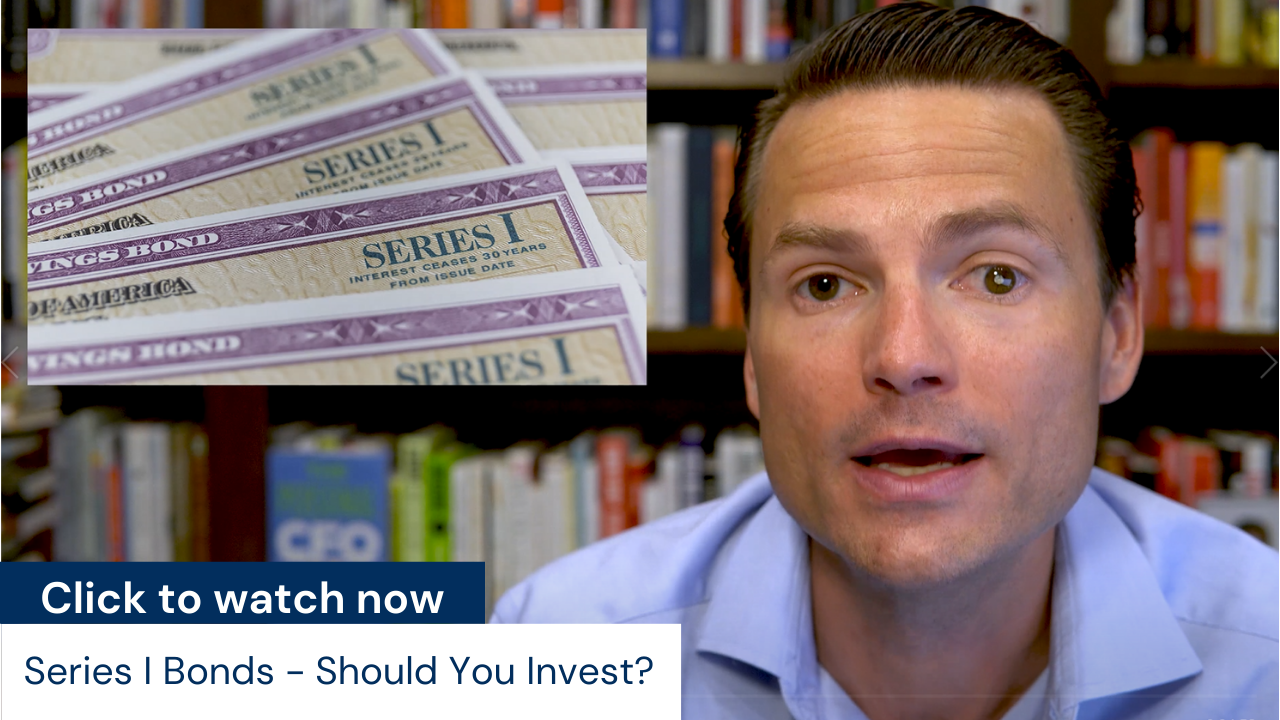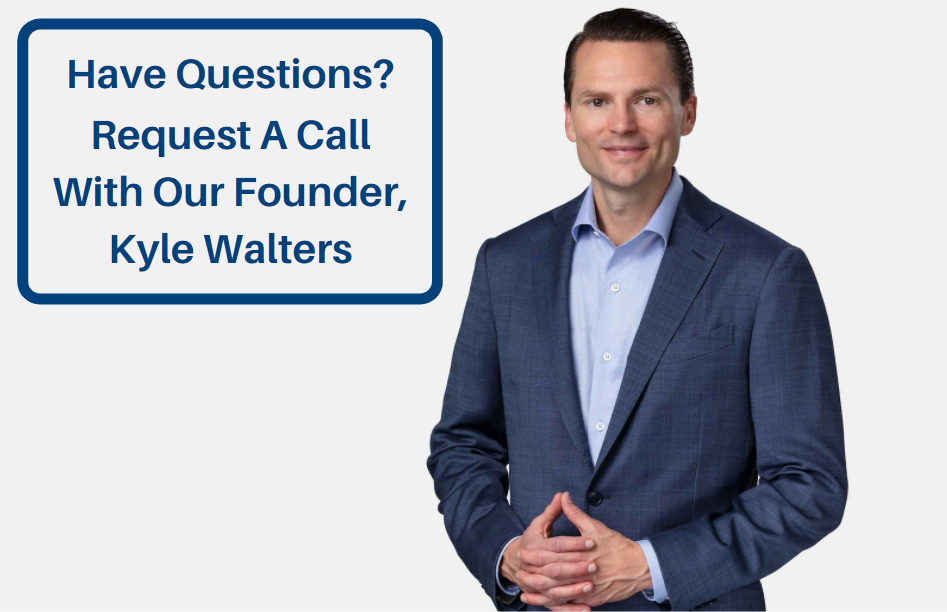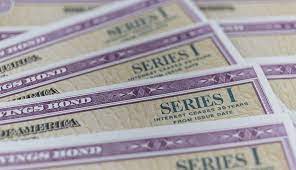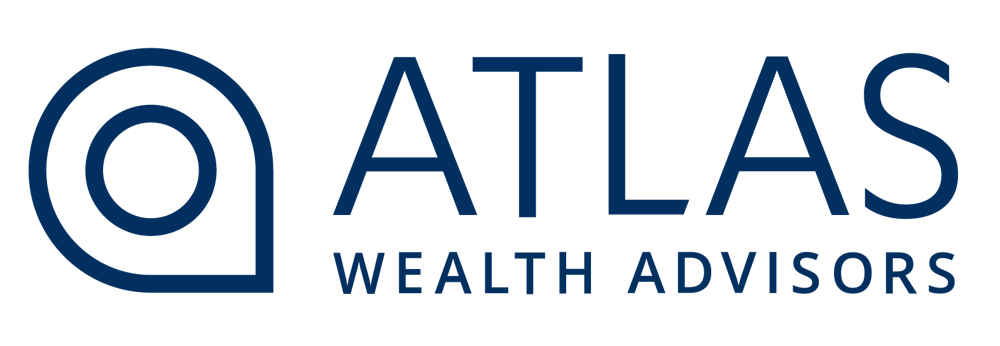Series I Bonds have been around for a while, but they haven’t been recently popular because inflation—and subsequently their interest rates—haven’t been very high. However, increases over the past year in the Consumer Price Index (CPI) measuring inflation have boosted rates on I bonds considerably.
Now through April 2022, individuals can earn 7.12% direct from the U.S. government for Series I savings bonds bought from the U.S. Treasury. 7.12% is the second-highest rate ever offered on these bonds!
To watch my video on this topic, click on the image below:

What is a Series I Bond?
A Series I Bond is a 30-year bond issued by the U.S. government whose interest rate is calculated by two separate components: a fixed rate and an inflation rate. The fixed-rate remains the same for the entire 30-year period while the inflation rate changes every six months. This means that the interest rate on a Series I Bond at any given time is calculated by adding the fixed interest to the inflation interest.
Since the inflation rate changes, the interest rate at which you buy your I Bond is not the same rate you will always get. The fixed-rate on I-bonds has been 0% for more than a year, which means any returns earned on those bonds have come from their variable inflation rate. Of course, no one can predict what will happen with inflation in the future. These rates could be adjusted lower after April 2022. But whenever the bonds’ inflation rate does fall, with a fixed rate of zero, the rate paid on the bonds could be considerably less attractive.
But, even if the composite rate for new bonds does go down to zero, it cannot dip below that point. This means you’ll be free from risk of loss of your initial investment. You can redeem your initial investment amount when you redeem the bond after five years. Most of the time, you will owe federal income tax when you redeem the bond, but you won’t owe state or local taxes on the interest earned.
When Is Buying I Bonds Beneficial?
Series I Bonds are great investments when inflation is high for any reasonable time period. As long as the inflation rate remains high, you can get a decent rate of return. If inflation is low, you’re probably not going to get much of a return at all. The rate could go up and go down over time. It’s just important to understand that there are two components—one is fixed and one is variable based on inflation.
Timing on I Bonds
You need to hold your Series I bond for at least five years. If you sell it back to the government before then, it will cost you three months’ worth of interest to do so. This isn’t the end of the world, of course, but not just pennies either. But after five years, you can redeem the bond back to the government and get your money back.
Using I Bonds for Education Costs
Some folks like to purchase Series I Bonds to pay for education costs. Here’s why: If you meet the criteria, you can use the Series I bond and the interest from the bond to pay for qualifying education expenses tax-free. A tax-free 7% rate of return sounds pretty good. But there is a caveat; there are income limits on this allowance. For 2022, the maximum income is $128,650 for joint returns.
Additional Series I Bond Considerations
Also, keep in mind that you can only purchase up to $10,000 in digital I-bonds per person, per year. But, you can add $5,000 to that number if you use your federal income tax refund to make the purchase. Therefore, a couple filing a joint tax return can buy up to $25,000 a year — $10,000 each, plus an extra $5,000 at tax time.
Key Takeaways:
- There are two components to the interest rate on Series I Bonds: fixed and inflation.
- The inflation rate changes every six months, whereas the fixed-rate remains the same for the 30-year term of the bond.
- You can use Series I Bonds to fund education tax-free if you qualify.
- You can cash in your bond without penalty after five years have passed since the purchase date.
Compared to cash, these bonds make sense to invest in if you have a minimum of five years before you could need the funds. Compared to stock market returns, however, that’s a different story. Series I Bonds, just like any investment, can play an important role in your portfolio; whether or not they make sense for you will be based on your plan and your goals for the future.





